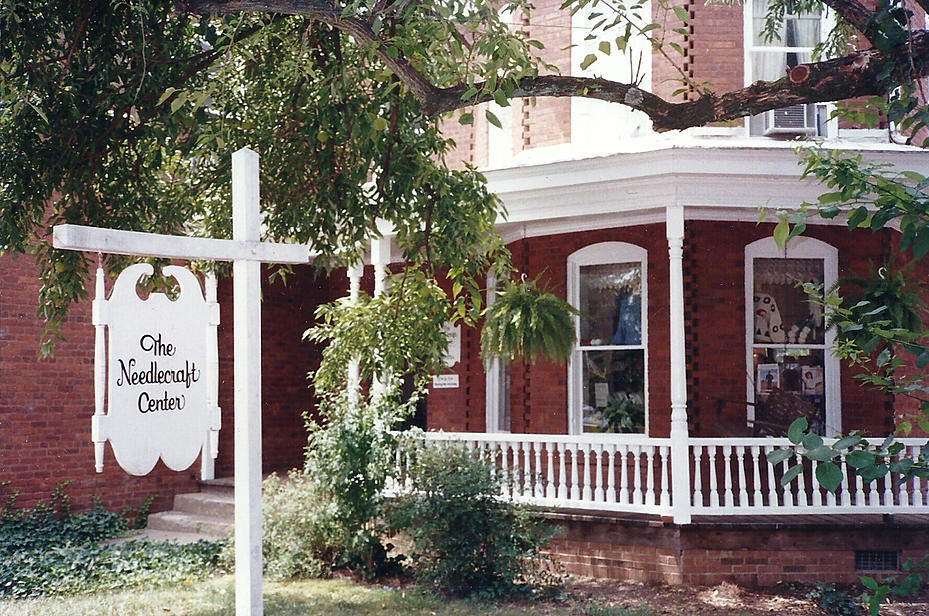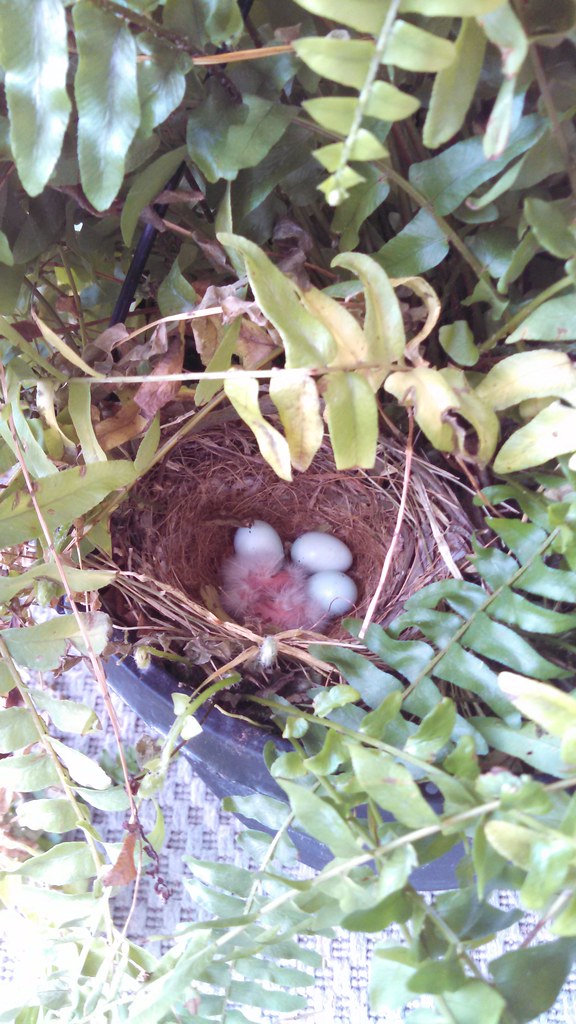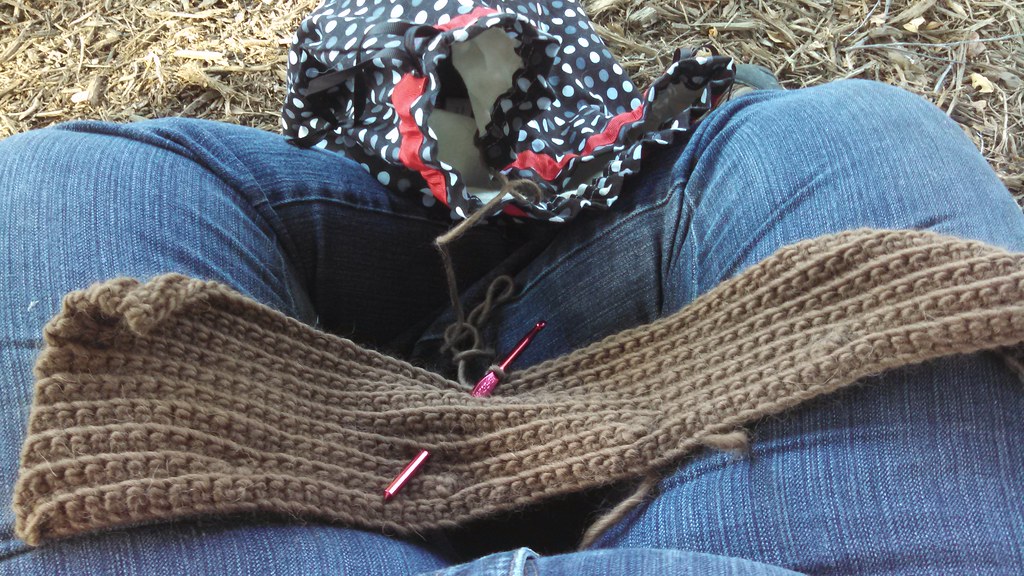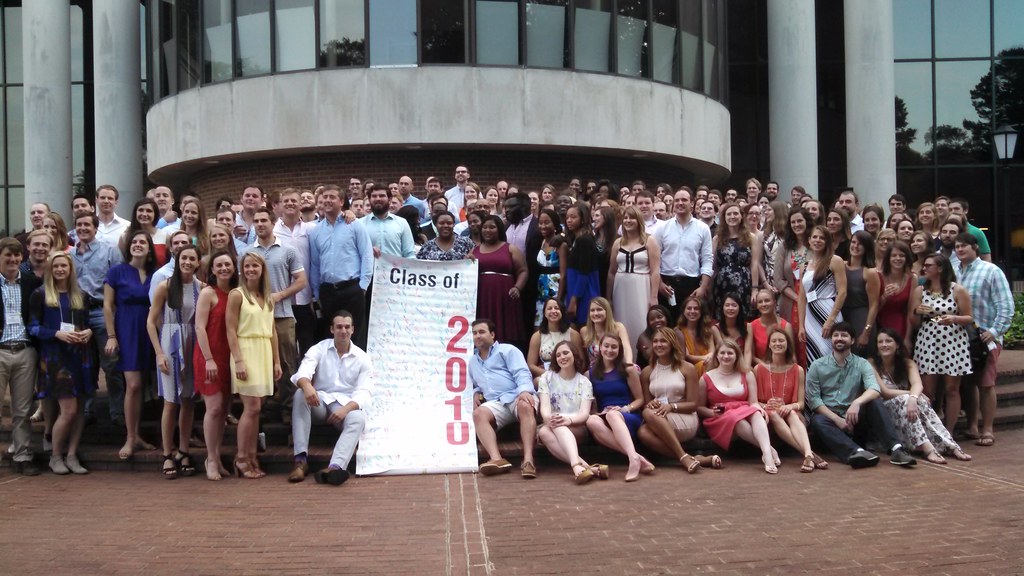

patterns in the sand at Atlantic Beach
I like Atlantic Beach in the off season. The pace is slow: there is time to spend hours on a puzzle, a book, or a piece of handwork. The tone has some things in common with the farm: we unplug, play games, and rest. But there are things about the beach that are different than the farm: most notably, there’s always something to fix or do at the farm. At the beach it is quiet and lazy. There is time to bundle up and take long, multiple mile walks along the shoreline. Most of the time you don’t have to share your space with anyone else; there might be a native with her dog, or a couple walking hand-and-hand, but these events are few and far between.
There’s time to sit on the balcony with binoculars and look for dolphins, fishing vessels, and “german u-boats.” We look for shells, take artsy beach photographs, and spend time with family. In the evening we cook in, or go to the Channel Marker, where we eat delicious, delicious seafood. Seriously, if you’re ever in Emerald Isle, this is the place to go.
I made the choice not to bring anything with a pressing deadline with me, and managed to carve out some time for play – fooling around with shapes and textures and swatching for future things. Since the pregnancy seems to make me always tired, I’d fall asleep on the couch to the sounds of the family working through a puzzle or playing a game.
I made a small hat as a class sample that’ll be for Kiwi afterward. I caught up (a little) on my darning, and plotted for my next piece in Piecework. It was lovely, and quiet and fun.
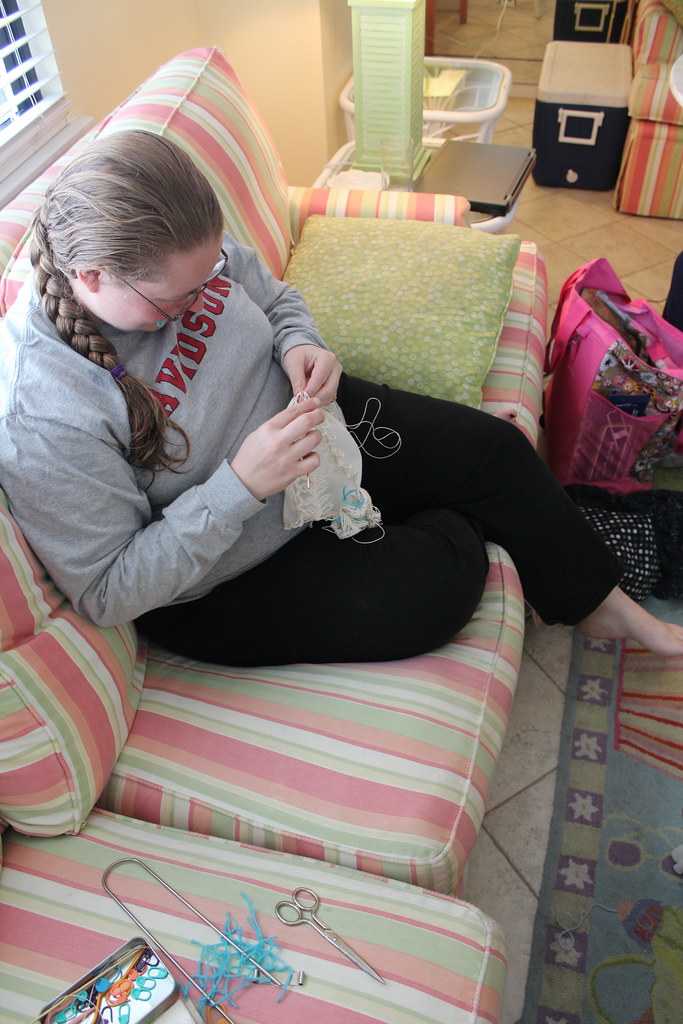
Me with all my tools, taking over the couch. My big crafting bag at my feet, my tin of stitch markers, my pile of scraps, and my scissors.
Is there an Atlantic Beach in your life? A place to unwind and take the time for things you normally don’t get to do?





 While I’d seen the technique done, a little, in crochet lacework, I’d never seen it done on larger pieces. I also hadn’t seen it done all that much.
While I’d seen the technique done, a little, in crochet lacework, I’d never seen it done on larger pieces. I also hadn’t seen it done all that much.


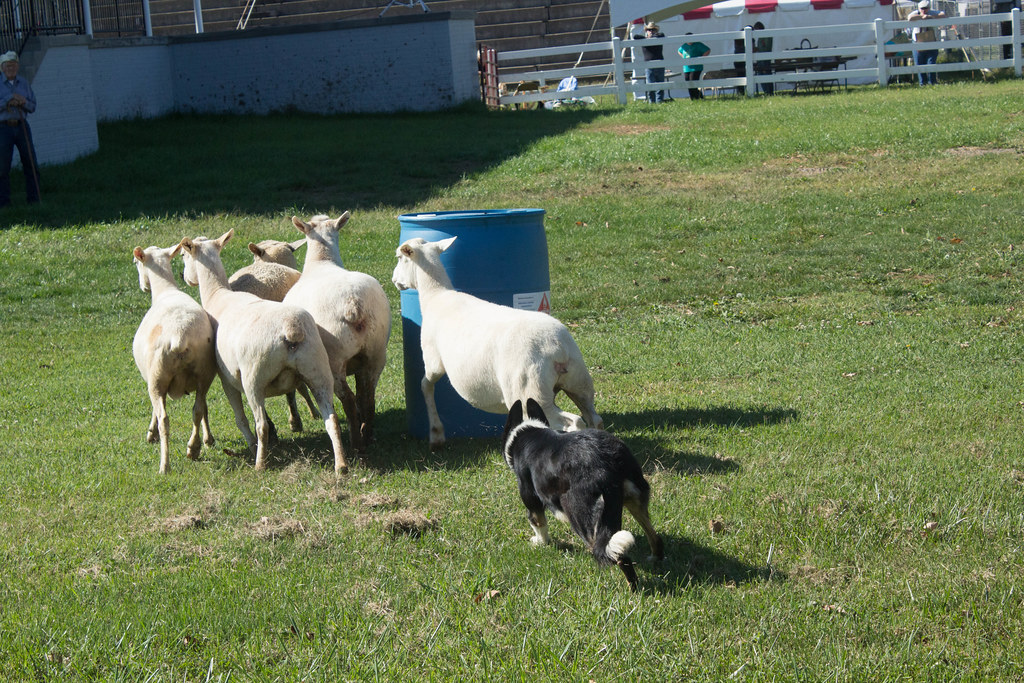

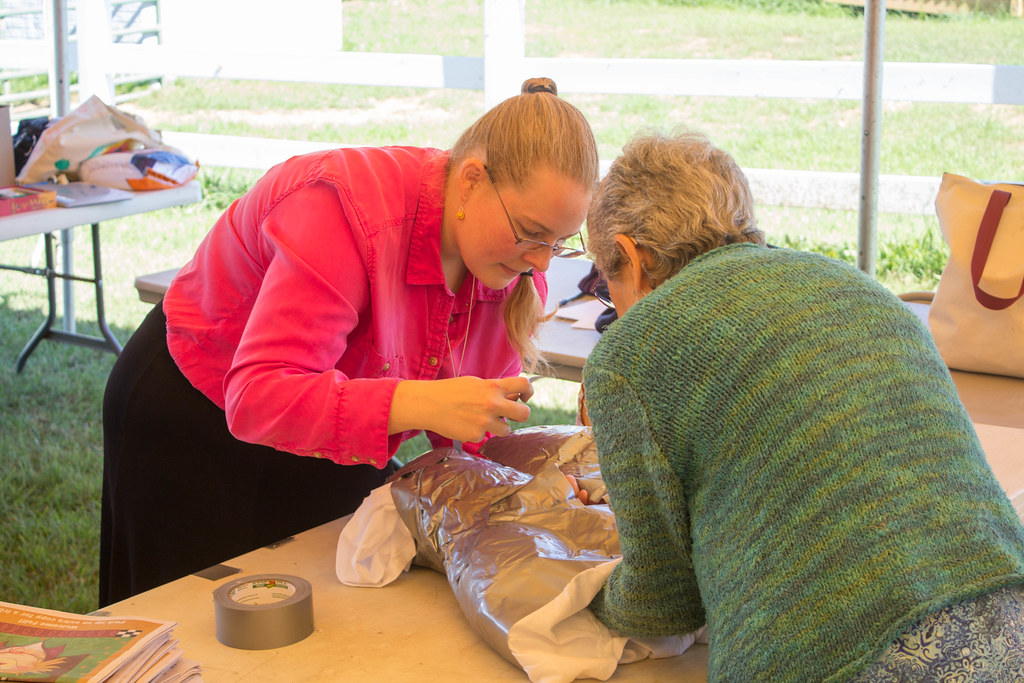




 pillows in honor of Mr. Turtle’s birthday, in a week.
pillows in honor of Mr. Turtle’s birthday, in a week.